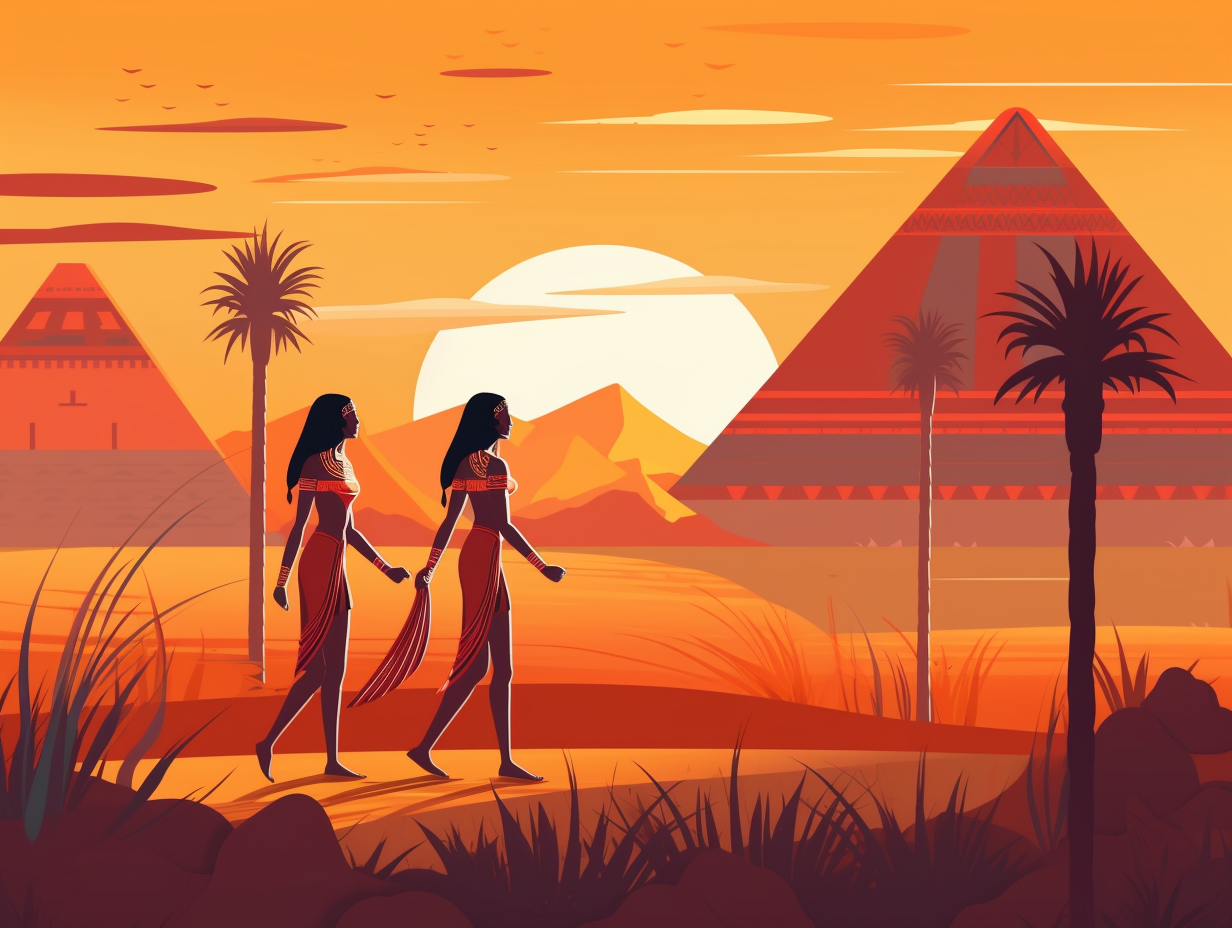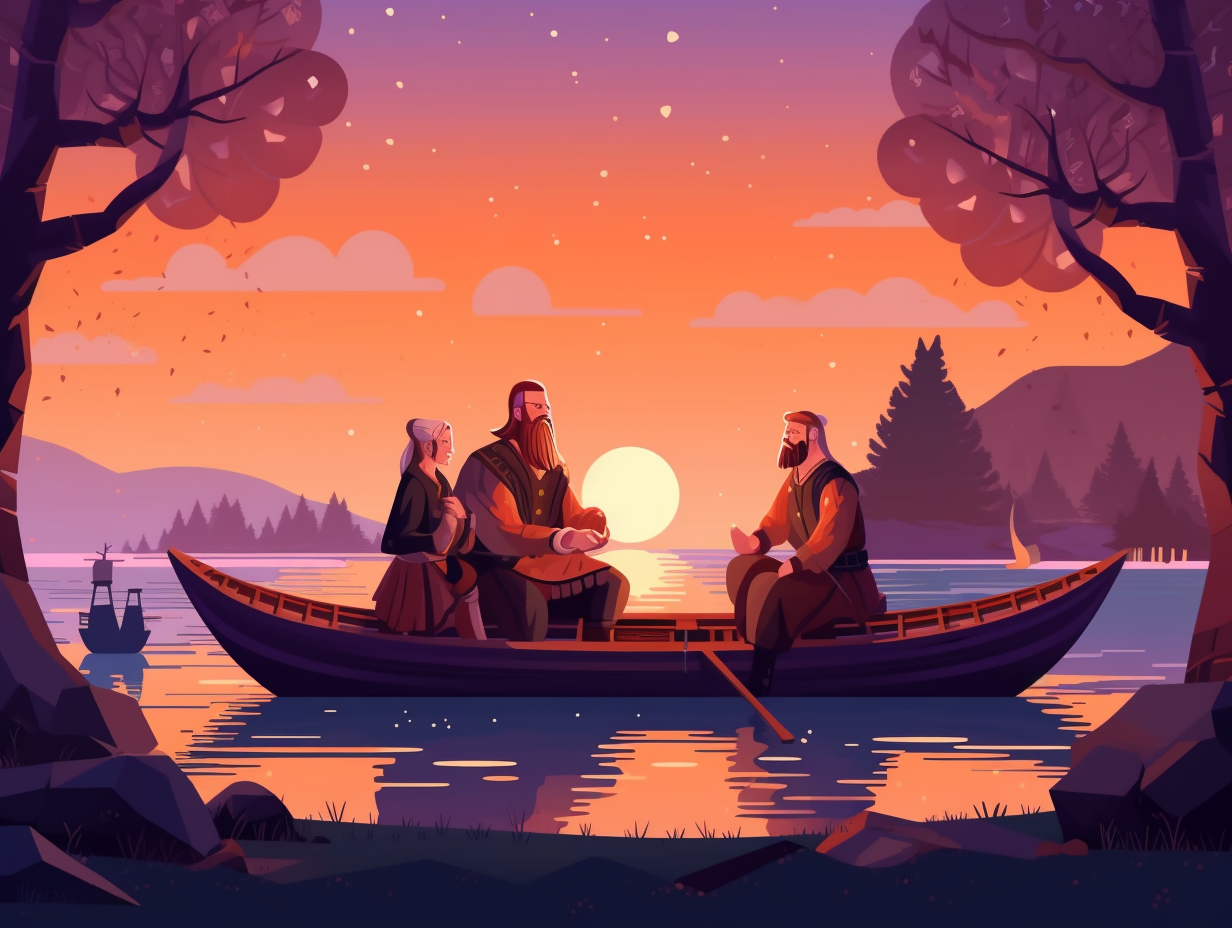Discover the Stone Age: Top 10 Fascinating Fun Facts About the Neolithic Era
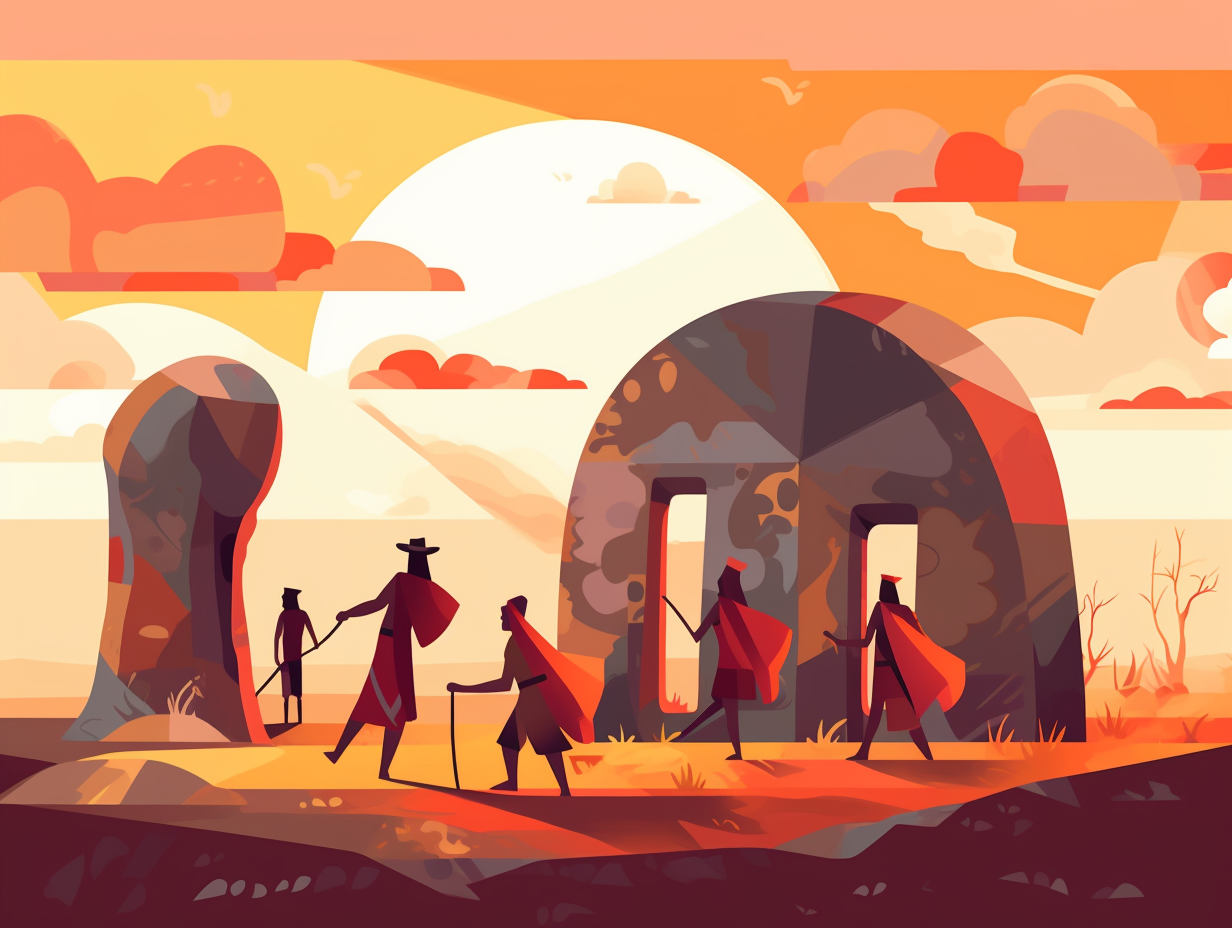
1. First Starbucks: Tell Abu Hureyra Edition
Long before Starbucks became a grain-ocide scene, the folks at Tell Abu Hureyra were making history one wild grain at a time: Around 9,700 B.C., these early agricultural pioneers harvested wild grains and used stone tools to grind them, leaving behind tangible evidence of humanity's first steps into agriculture.
Source => history.com
2. Flintstone Fashion: Neolithic Couture
Who needs a fancy tailor when you've got animal fashion sense in the Stone Age? Say hello to the Neolithic couturiers: They skillfully used bone needles and piercing implements to create holes in animal hides, stitching them together with leather string or plant materials to make stylish loincloths, leggings, tunics, hats, and shoes. And you thought the Flintstones were just make-believe!
Source => study.com

Discover the ancient Royal Game of Ur, the oldest known complete tabletop game dating back to 2600-2400 B.C. Learn how this mesmerizing zodiac-inspired game, adorned with inlaid shell and lapis lazuli, was a craze in Mesopotamia for over 1,000 years!
=> Fun Facts about Mesopotamia
3. Prehistoric Beauty Gurus: Rockin' Red Make-up
Before beauty gurus and YouTube make-up tutorials, the Neolithic makeover squad was rockin' it - quite literally: Folks in southern Africa during the Neolithic Age used ground-up, red-coloured rock as make-up to serve various purposes such as looking fabulous, or scaring off the haters! Salon talk must've been a hoot, even if barbershops did not exist and all the grooming was done with edgy rocks and shells.
Source => uk.braun.com
4. Pottery Throwdown: Neolithic Edition
Imagine Neolithic humans playing an ancient version of "Pottery Throwdown": diligently crafting masterpieces from clay, leather, wood, stone, and straw, only to realize they can't bake them on the Great British Hearth. The real kicker: pottery during the Neolithic age required a complex process of pyrotechnology and was used for cooking, storage, and eating, but its fragility made it a perfect archaeological marker to differentiate by period.
Source => ime.gr
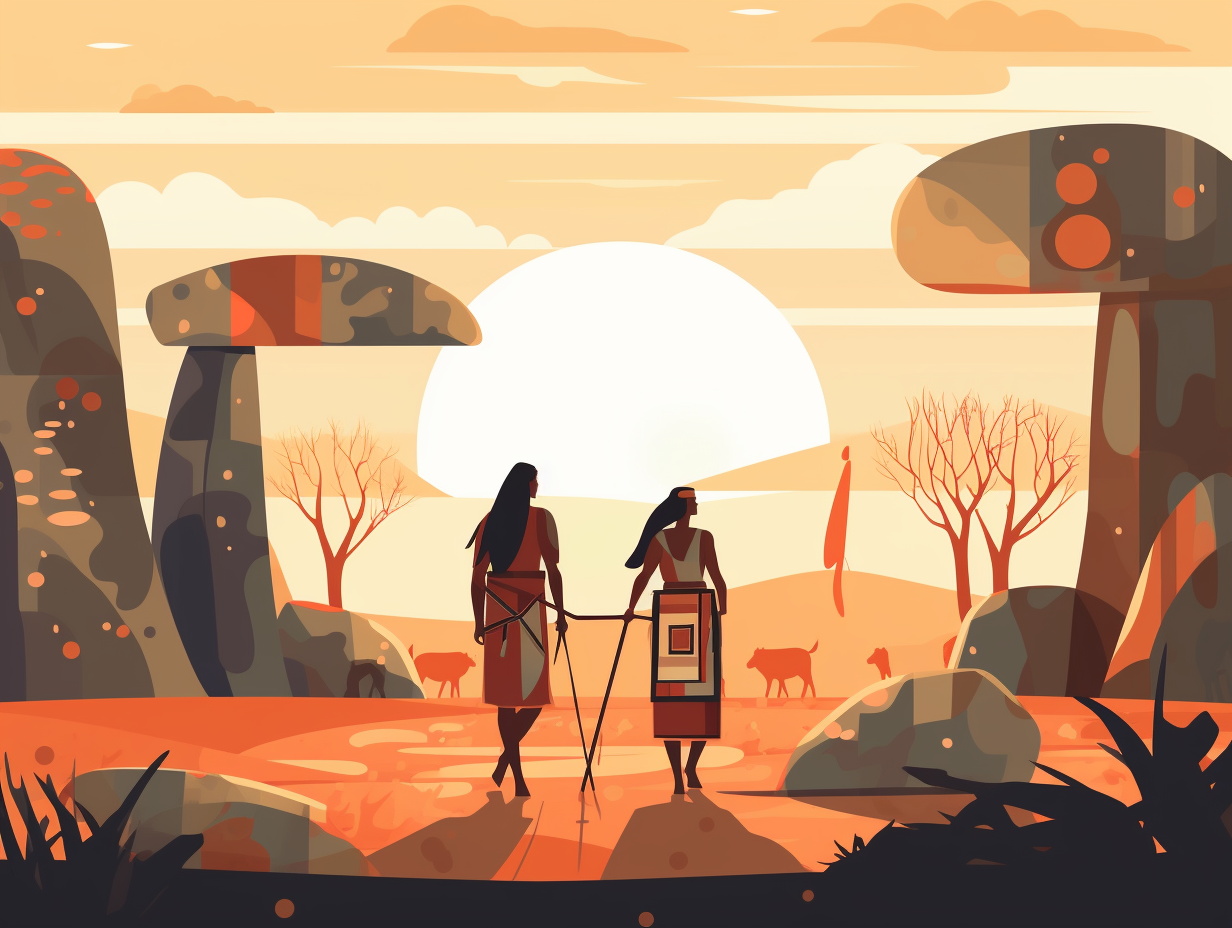
5. Flintstones' Envy: Polished Flint Axes
Hey there, Flintstones – eat your heart out! In the Neolithic age, humanity sharpened its skills fabulously in a way that would make Fred and Barney green with envy: Polishing flint axes became a major technological leap, allowing people to cultivate land, fell huge trees, build houses, and even create fences and chop firewood. As if that weren't cool enough, these axes also played essential roles in social rituals and silently transformed from point-butted to thin-butted to thick-butted. Yabba dabba doo to Neolithic progress!
Source => en.natmus.dk
6. Art Explosion: Neolithic Creativity Unleashed
While the Neolithic folks might not have had MTV to "make the pottery world go 'round," they sure knew how to rock the clay scene with style: During the Neolithic age, pottery making, terracotta sculptures, and a bounty of other art forms flourished alongside the emergence of agriculture, domesticated animals, and polished stone tools – their creativity knew no bounds, crafting everything from prehistoric engravings to monumental stone architecture using petroforms.
Source => visual-arts-cork.com
7. Mood Lighting: Early Polish Lamps
Move over, Edison: Neolithic Poles were already mastering the art of mood lighting with their primitive plant-and-animal-fat lamps. With wicks submerged in flammable goo, these early northern Polish people kept their evening ambiance well-lit for the likes of Fred Flinstone: Factual statement: Found in late Mesolithic and early Neolithic vessels, these lamps were a crucial addition to their pottery collection, while their southern counterparts opted for charcoal torches to brighten up their flint mines and cozy cave dwellings.
Source => archaeology.org
8. Fast & Furious: Domesticating Horses
Before horsepower meant revving sports cars and traffic jams, it referred to a much more literal sense of the term: a time when our ancestors dabbled in an ancient version of the "fast and the furious" with none other than our favorite four-legged friends: During the Neolithic Age, humans domesticated wild horses for food, transportation, and labor, allowing farmers to plow larger fields and ushering in the extensive use of draft animals in transportation and warfare throughout the Bronze and Iron Ages.
Source => history.com
9. Sweet Stone Age: Honeyed Galettes and Pies
Before the invention of Candy Crush and Cookie Clicker, the Neolithic foodies had their own sweet gaming timeline – rolling dices of honey and grains to create guilt-free treats: In this Stone Age era, desserts like galettes were made with fruits, honey, and grains, baking them over hot coals, and essentially paving the way for pastry as an indulgence. Pies became a crowd favorite too, bursting with honeyed grains in their bellies, and though we don't have the proof, cakes might have just been lurking in the corner waiting for their moment in history.
Source => medium.com
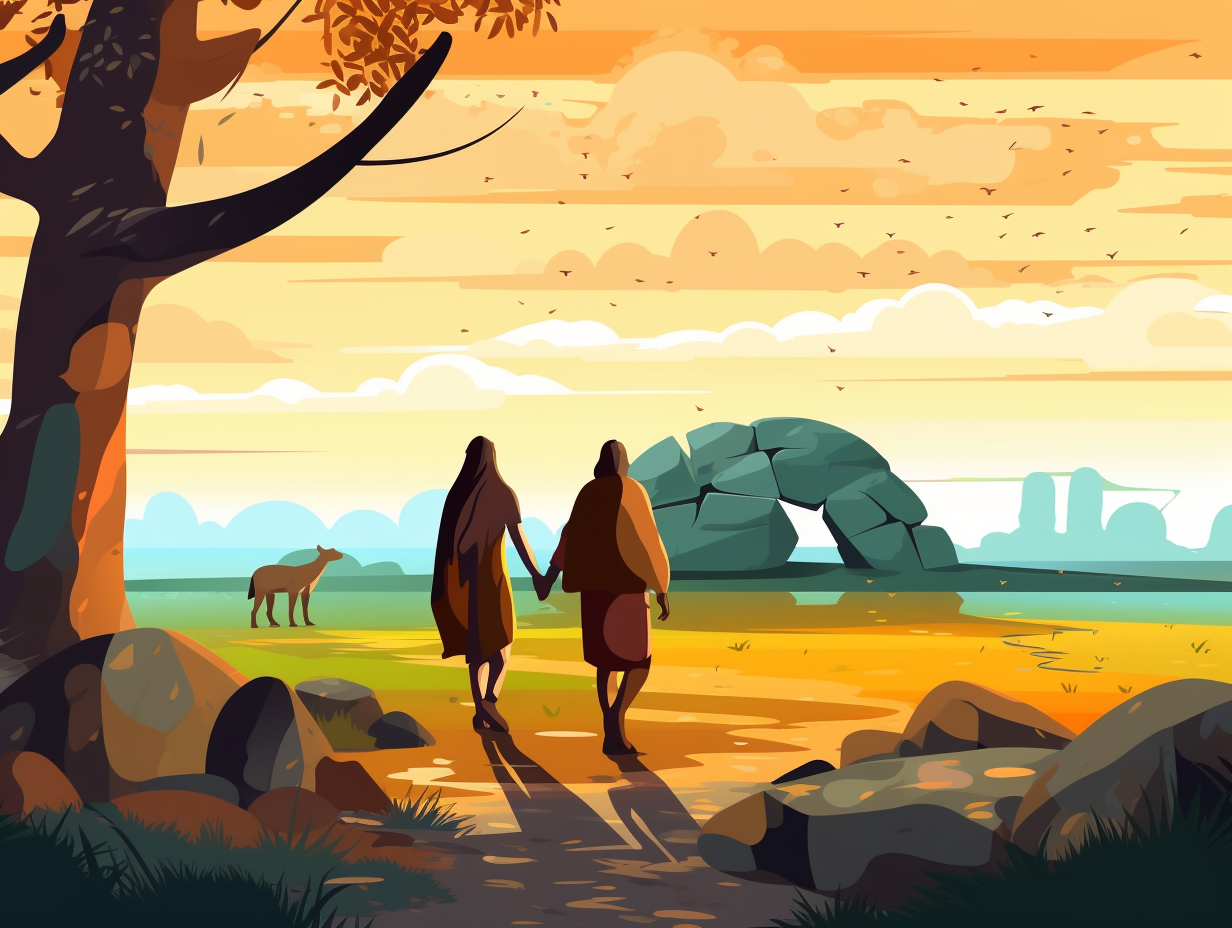
10. Afterlife Hoarders: Neolithic Grave Goods
Move over, Marie Kondo: Neolithic age burials show that not only did our ancestors know how to organize their grave goods, but they also believed in a well-stocked afterlife! No minimalist heaven for them: Get ready for Bronze Age grave goods indicating social stratification, and everyday objects supplied to the deceased, revealing a belief in a bustling afterlife filled with funerary art and miniature models of possessions.
Source => en.wikipedia.org
Related Fun Facts

